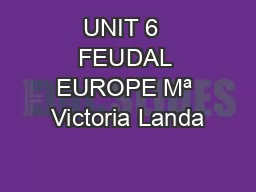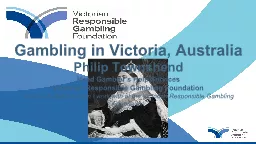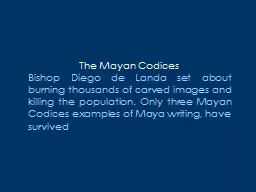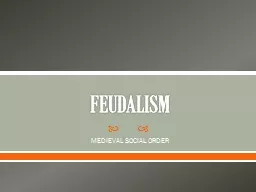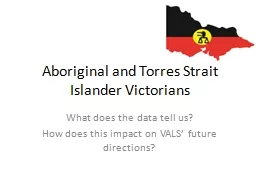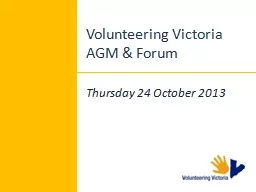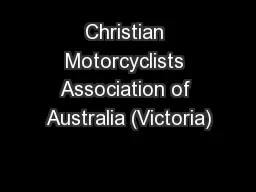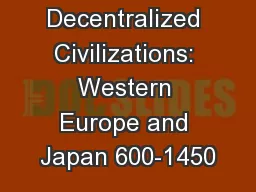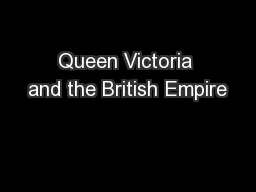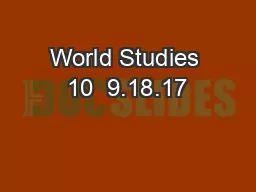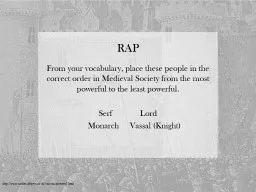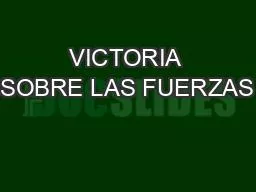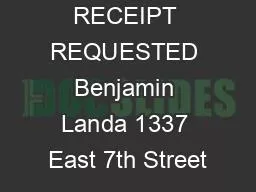PPT-UNIT 6 FEUDAL EUROPE Mª Victoria Landa
Author : marina-yarberry | Published Date : 2018-03-15
FEUDALISM The political economic and social system that predominated in Western Europe between the 9 th and 13 th centuries Mª Victoria Landa CAROLINGIAN EMPIRE
Presentation Embed Code
Download Presentation
Download Presentation The PPT/PDF document "UNIT 6 FEUDAL EUROPE Mª Victoria Landa" is the property of its rightful owner. Permission is granted to download and print the materials on this website for personal, non-commercial use only, and to display it on your personal computer provided you do not modify the materials and that you retain all copyright notices contained in the materials. By downloading content from our website, you accept the terms of this agreement.
UNIT 6 FEUDAL EUROPE Mª Victoria Landa: Transcript
Download Rules Of Document
"UNIT 6 FEUDAL EUROPE Mª Victoria Landa"The content belongs to its owner. You may download and print it for personal use, without modification, and keep all copyright notices. By downloading, you agree to these terms.
Related Documents

